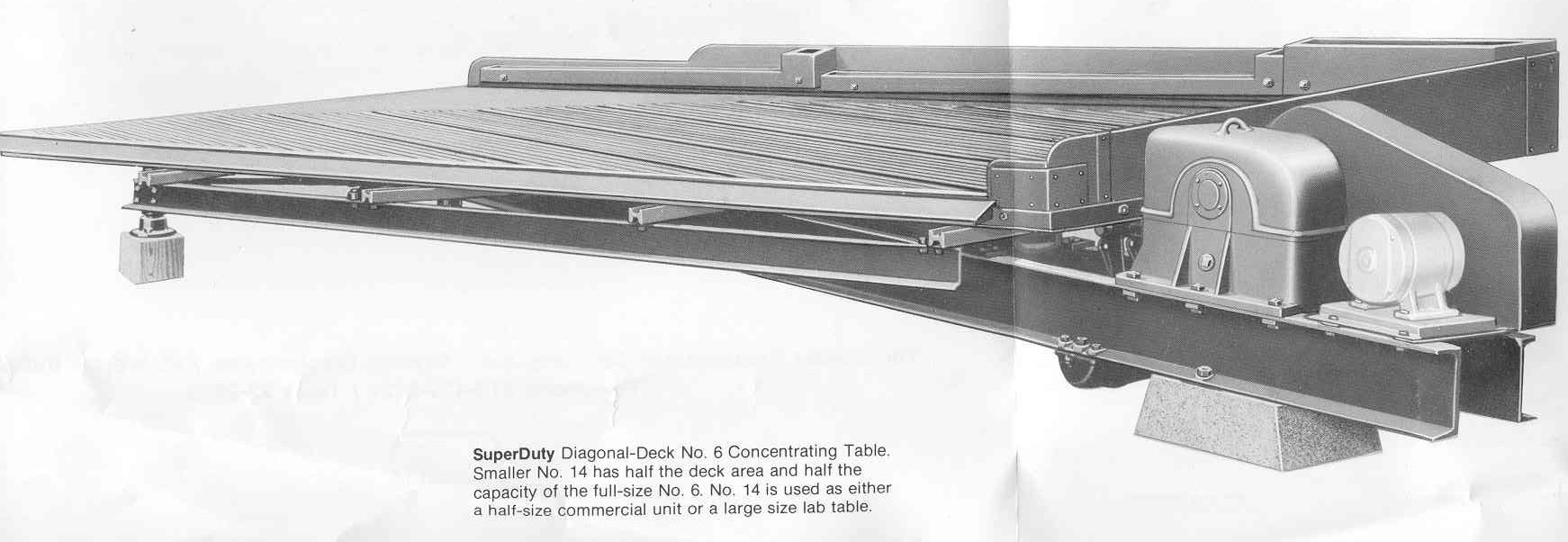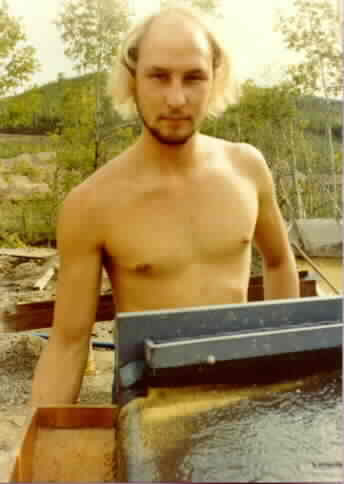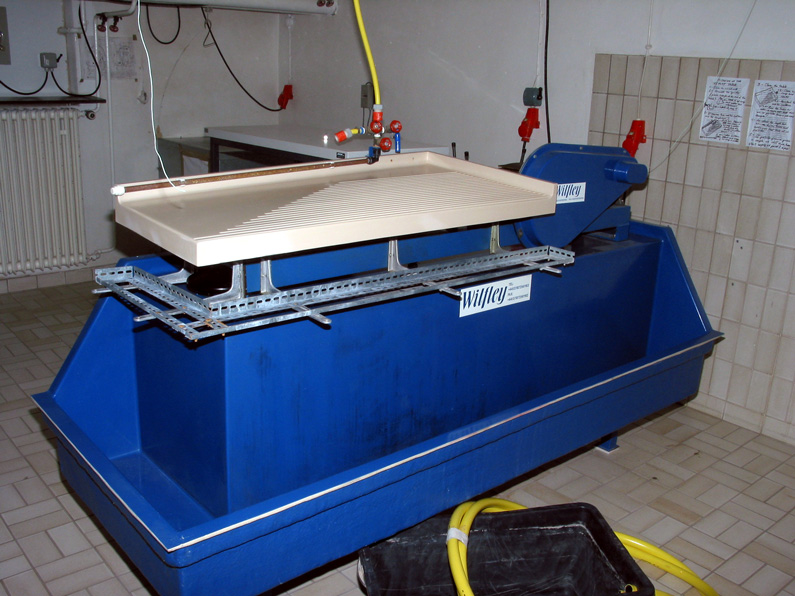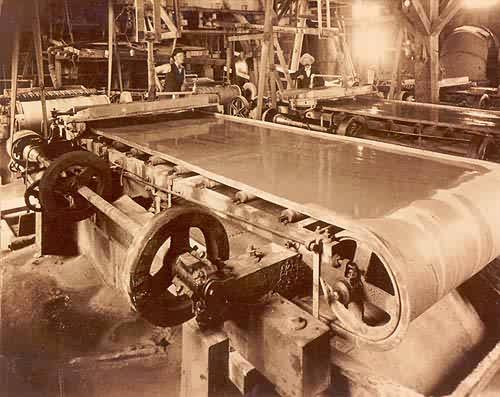Gravity Concentration 4
Maximizing Physical Properties
We have to adjust our techniques to maximize our recoveries. There have been many devices designed and built to improve on the recoveries of a sluice. Each seeks to use a particular physical property to its advantage.
There are many approaches taken. The most important of which is screening the feed. Gravity concentration is only efficient when working with close sized feed.
Now that the feed is screened there are two major approaches to concentration, Improving the riffle and improving the shear flow separation.
Improved riffle design has led to some novel machines. In sluice boxes expanded metal riffles, angle iron riffles etc. have been used to try and improve recoveries. A major trend in riffles is to build the sluice to be able to continuously clean up. There are sluices that are built back to back on a pivot so that one sluice may be cleaned up while the other processes gravel, sluices side by side with a gate to allow continuous production. The Johnson drum concentrator is a long internally riffled rotating drum sluice that drops concentrate material into a launder. There are riffles on a conveyor belt that always moves under the feed. Many spinning contraptions are available to add increased forces of gravity to the equation.
The vanner is excellent at very fine size concentration due to the high shear forces imparted by the sideways motion. Very seldom used due to the high maintenance and finicky operation.
Gold Wheel:
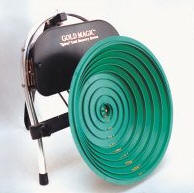
Gold wheels are very widly used as one can watch with your own eyes that it is working and concentrating. They produce a very clean final product. Unfortunately the tailings are almost as rich as the feed due to the very high losses to tails. The rotation of the wheel acts as a mixing action not a separation action.
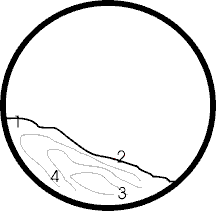
In a spinning drum one is fighting gravity.
1: The materials reach the top and then cascade down the hill.
2: The cascade mixes the materials
3: There is a zone of least energy in this central area and there will be some concentration of the dense materials here.
4: The drum moves the materials back up to the start.

The spiral tries to remove the concentrated materials from the zone of least energy. It does work as one can see the heavy minerals work their way to the centre. It just does just not work very well. Cement "mixers" are the same device and although they are not the best of mixers they mix better than they concentrate.
Jigs:
The most idealized riffle is the jig. The idea is to slow the transverse flow velocity to a minimum and to create a fluidized bed so that hindered settling may take place and the heavy minerals will have a chance to concentrate. There are a multitude of jig designs available, they are robust and can work with a very large range of feed sizes.

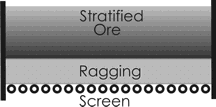
A simplified view of a jig. A pan with a screen bottom is a jig. It works better with the ragging as the ragging works as a heavy density separation zone.
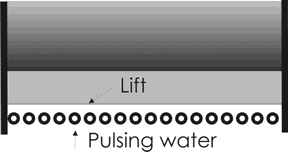
When water is pulsed up through the screen it lifts the entire mineral bed.
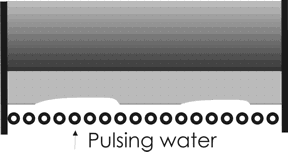
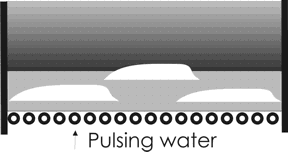
When the mineral bed settles down through the rising water, the water rises in bubbles through the bed. The way it works is that the materials on the roof of the bubble of water separate and fall through the bubble to the bottom of the bubble. It looks like the bubble of water is rising, but it is the materials of the bed falling. When this happens the denser particles fall faster than the less dense particles and concentration takes place. The jig bed is kept loose by this action so that the dense particles can make their way to the hitch.


Jigs are best fed with material of minus1.5cm and with a 50/50 water solids content by volume. A thick slurry with small particle sizes. For this reason jigs are not especially good for suction dredges. Suction dredges have very dilute feeds and would lessen the performance of a jig. The velocities associated with suction dredges do not allow for very good recoveries unless the feed is spread out on very large areas or is dewatered. Miners using dredges typically only find coarse gold, even if fine gold is present in the deposit.
The above illustration is of the basic jig. The common construction detail of all jigs is the screen. Water is allowed to pulsate through this screen which keeps the material on top of the screen fluid. In some jigs the water pulses and in some jigs the screen moves. Directly above the screen is the bed. This is divided into a roughing zone of gravel and a separating zone most commonly referred to as the ragging. This is where heavy minerals concentrate, acting as a high density zone to improve the separation of the gold from the gravel. It is common to use iron or stainless steel shot for the ragging. In some deposits it is necessary to provide a mechanism to remove some of the ragging as if there is a lot of large hematite, garnets or cassiterite in the deposit the hutches will fill to over flowing with the ragging.
The screens are best made from stainless steel v-wire, I prefer a size of 10 mesh. Nugget gold will accumulate on the screen surface, fine sand and gold will flow through the screen into the hutch. Here the concentrates may be drawn off and further concentrated. These concentrates should be drawn off continuously or the hutches will pack up and are a real bear to get flowing again.
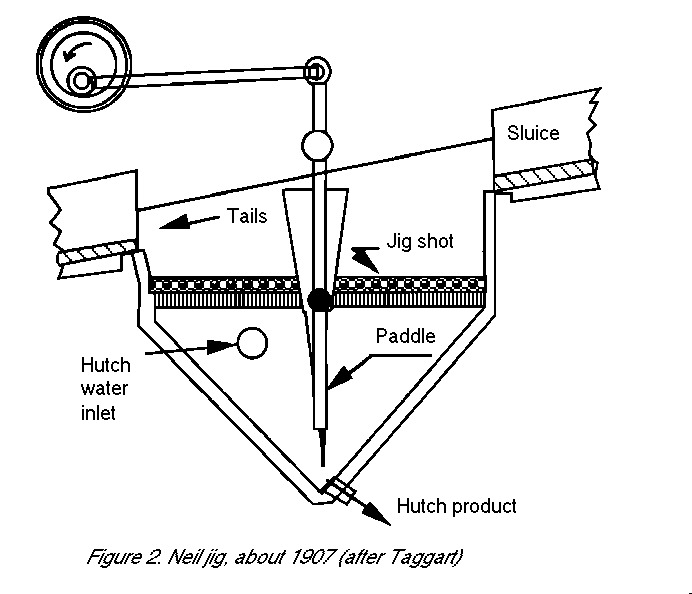
An early paddle type Jig
To keep slimes out of the concentrate and improve the concentration, makeup water is introduced to the hutch. In some jigs such as the denver design a rotary valve is used to time the introduction of the water with the pulsation. Most of the time the water is at a pressure of 5psi or 10 feet of head.
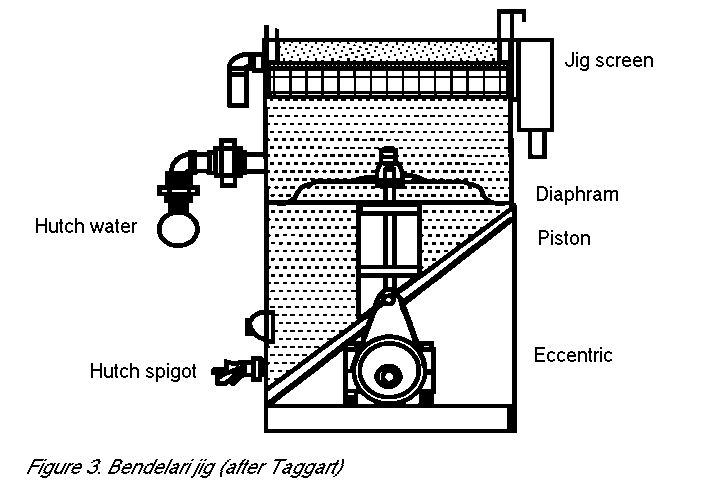
Jigs are very heavily used in the coal industry, Here the rock settles onto the screen and the coal is floated to the top. No ragging is used or is necessary as the top layer of coal is the valuable product and the rock is discarded as waste. Coal jigs are typically Bactac or Baum jigs and are operated using compressed air.
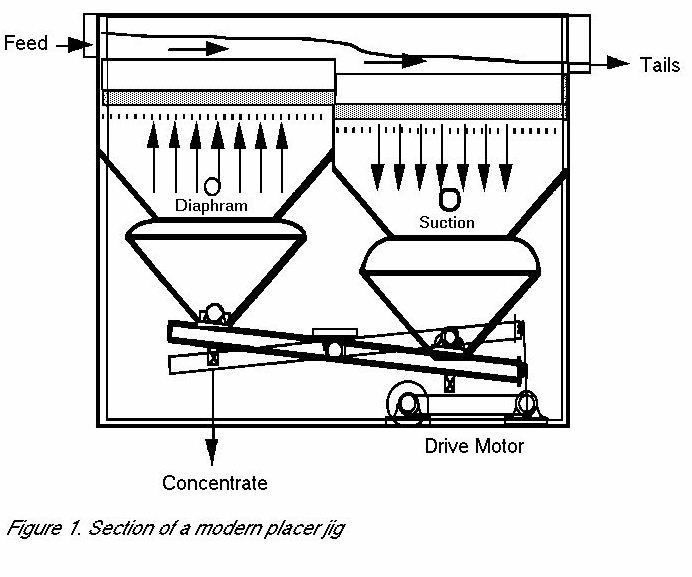
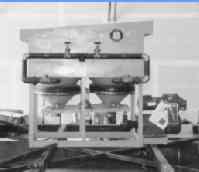
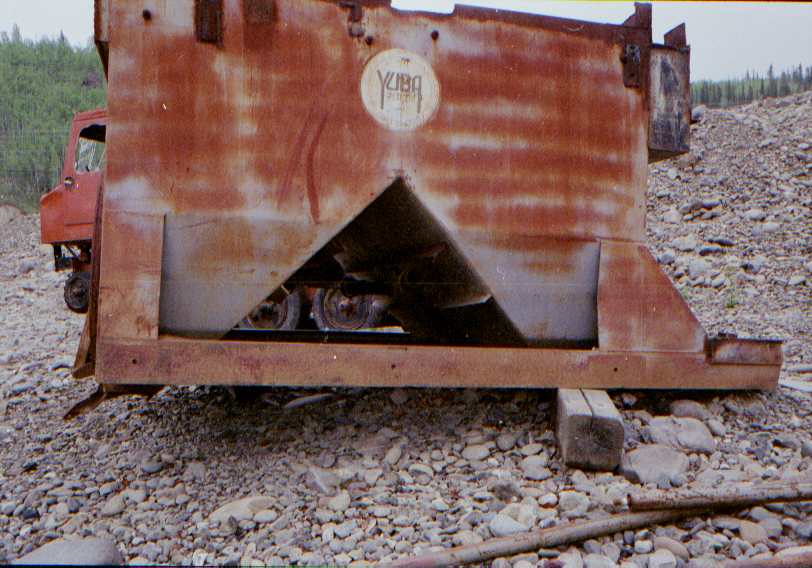
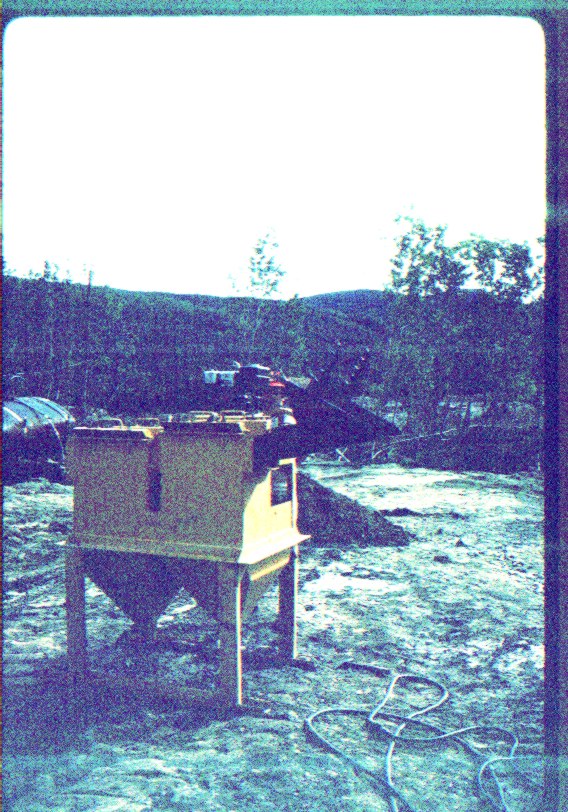
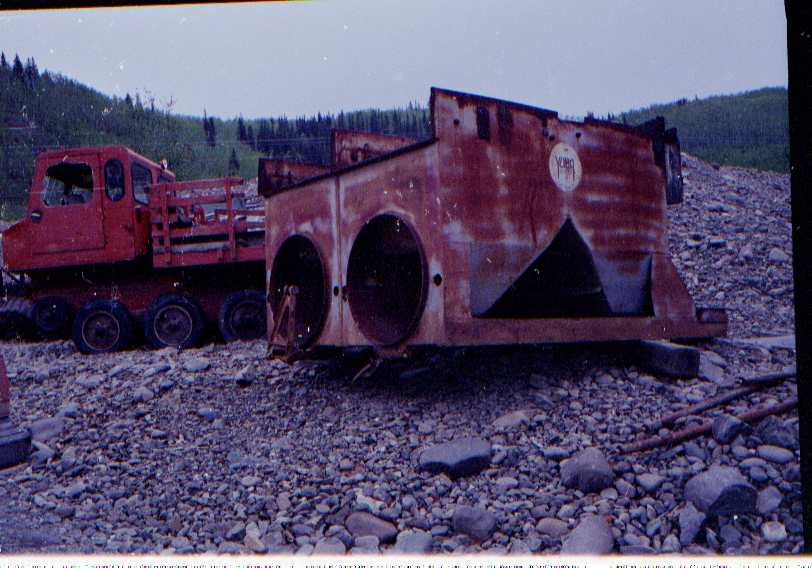
Above is my old denver jig and a yuba jig.
